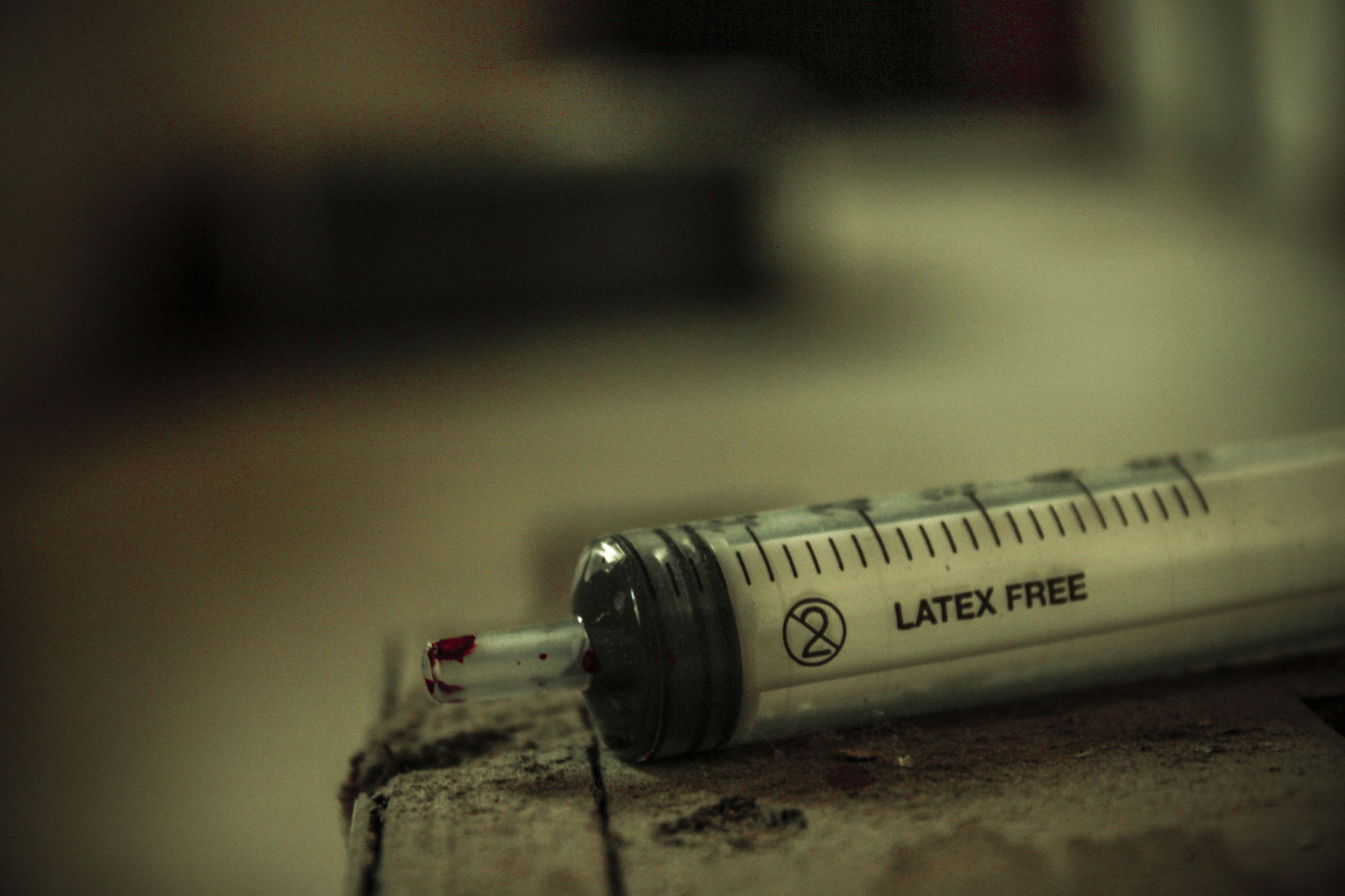
The following manuscript was submitted to the February 2017 Social Medicine Themed Writing Contest.
One of the most poignant and gut-wrenching examples I’ve witnessed of the interplay between the social determinants of health and clinical practice arises in a particular patient population: those who suffer from addiction.
Being able to care for people starts with being able to empathize with them, but this may be a difficult mental hurdle to leap when you could reasonably argue that their illness is self-inflicted. After all, isn’t it in these patients’ power to make the choice not to inject, snort or otherwise consume these mind-altering and addictive poisons?
I recently cared for a young woman with two children who abused intravenous drugs and was now diagnosed with tricuspid valve endocarditis. Unfortunately, she was also newly found to have a patent foramen ovale, so she had suffered a series of embolic strokes, ultimately requiring surgical correction with a sternotomy and repair of the valve. Thankfully, this mother had a good outcome in the short term and will likely regain function from the many physical deficits the strokes imposed. We are all hoping, though, that she is able to curb the addiction that landed her in the hospital. We try to give her the best chance possible with the resources available to us, but experience tells us that these resources often fall short for a patient like her.
Other individuals are even tougher to reach. During residency, I cared for a middle-aged man who was caught in a trap of substance abuse and hospitalization. In his case, the Veterans Affairs hospital was more than a place to reverse the latest bout of volume overload and hypertensive emergency — it was a reprieve from the trials of homelessness. As hard as I tried to achieve a disposition that might keep him out of the hospital, I often wondered what was driving what: Was substance abuse leading to homelessness, or was homelessness leading to substance abuse? I’m not sure that it mattered; with either component in place, the cycle simply couldn’t be broken.
With decades of data available, it is common knowledge that addiction and substance abuse disproportionately affect urban and poor communities. Here in Milwaukee , the most harmful player is crack and cocaine. But urban communities aren’t alone, of course, as rural regions remain the hotbed of production and abuse of methamphetamines. (And this doesn’t even begin to touch on the abuse of prescription medications.) No matter the subset of the population — urban or rural — the root problems facing these communities remains starkly similar: lack of education, income and employment. To me, quite simply, this describes a lack of individual opportunity.
When we stop to truly consider it, we may recognize a huge gulf between these patients and ourselves. After all, if we are considering these issues in the context of diminished or depleted personal opportunity, I would bet that most of us with an MD or DO behind our names don’t have a firm understanding of what our patients are really going through. As physicians, we are privileged. We must recognize our own biases in taking care of patients whose narratives are unlike our own.
It is at precisely this moment, when we are tempted to be our most reactionary, that we have to spent a bit of extra effort to be thoughtful and remind ourselves that addiction is a chronic disease that needs to be managed, in much the same way that we manage disease states like diabetes or chronic kidney disease.
The first step, then, in really caring for these patients is the recognition of their disease. From there, we can move forward in providing the help that they need.
Image credit: Drug by Luca Serazzi licensed by CC BY 2.0.

